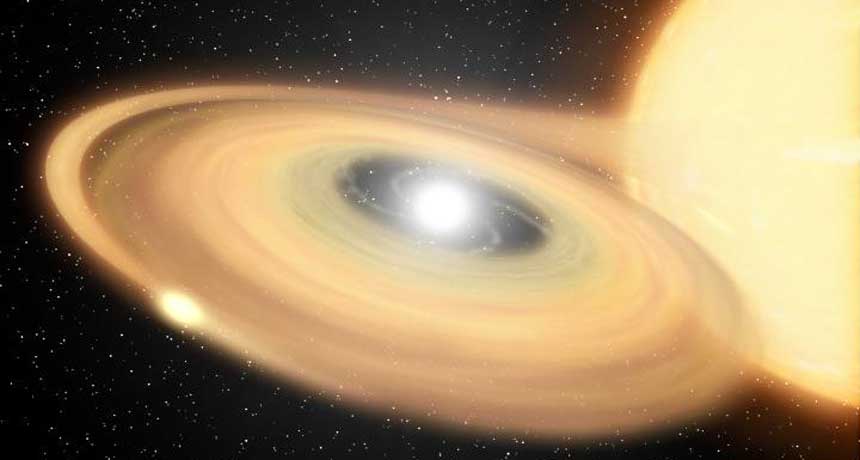Star that exploded in 1437 tracked to its current position

Some stars erupt like clockwork. Astronomers have tracked down a star that Korean astronomers saw explode nearly 600 years ago and confirmed that it has had more outbursts since. The finding suggests that what were thought to be three different stellar objects actually came from the same object at different times, offering new clues to the life cycles of stars.
On March 11, 1437, Korean royal astronomers saw a new “guest star” in the tail of the constellation Scorpius. The star glowed for 14 days, then faded. The event was what’s known as a classical nova explosion, which occurs when a dense stellar corpse called a white dwarf steals enough material from an ordinary companion star for its gas to spontaneously ignite. The resulting explosion can be up to a million times as bright as the sun, but unlike supernovas, classical novas don’t destroy the star.
Astronomer Michael Shara of the American Museum of Natural History in New York City and colleagues used digitized photographic plates dating from as early as 1923 to trace a modern star back to the nova. The team tracked a single star as it moved away from the center of a shell of hot gas, the remnants of an old explosion, thus showing that the star was responsible for the nova. The researchers also saw the star, which they named Nova Scorpii AD 1437, give smaller outbursts called dwarf novas in the 1930s and 1940s. The findings were reported in the Aug. 31 Nature.
The discovery fits with a proposal Shara and colleagues made in the 1980s. They suggested that three different stellar observations — bright classical nova explosions, dwarf nova outbursts and an intermediate stage where a white dwarf is not stealing enough material to erupt — are all different views of the same system.
“In biology, we might say that an egg, a larva, a pupa and a butterfly are all the same system seen at different stages of development,” Shara says.